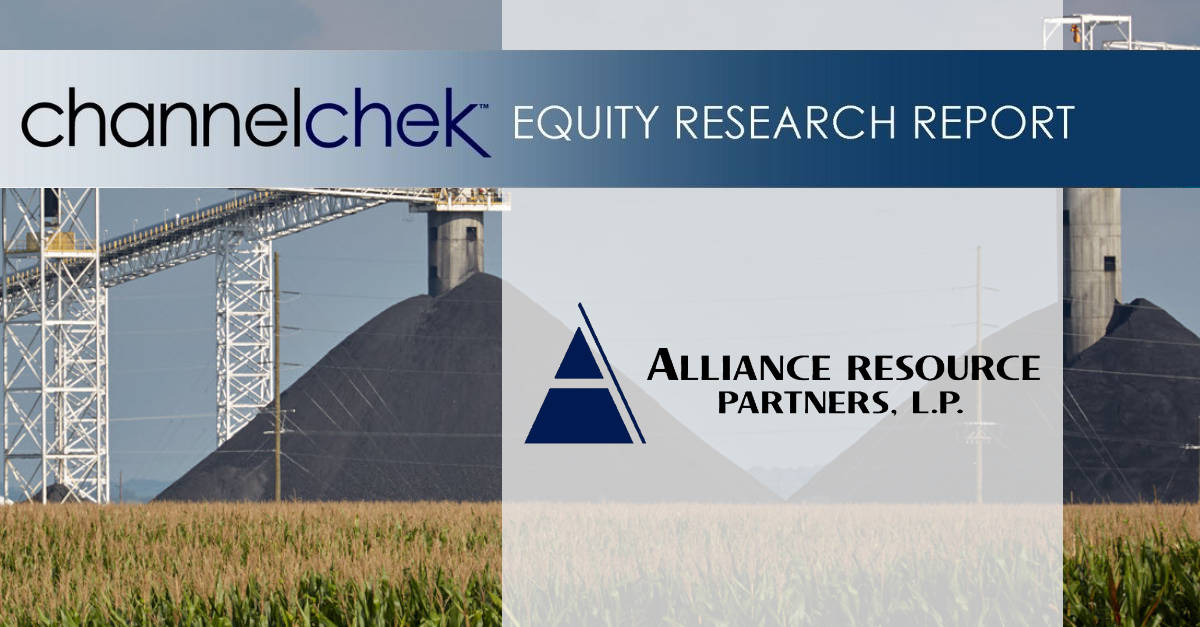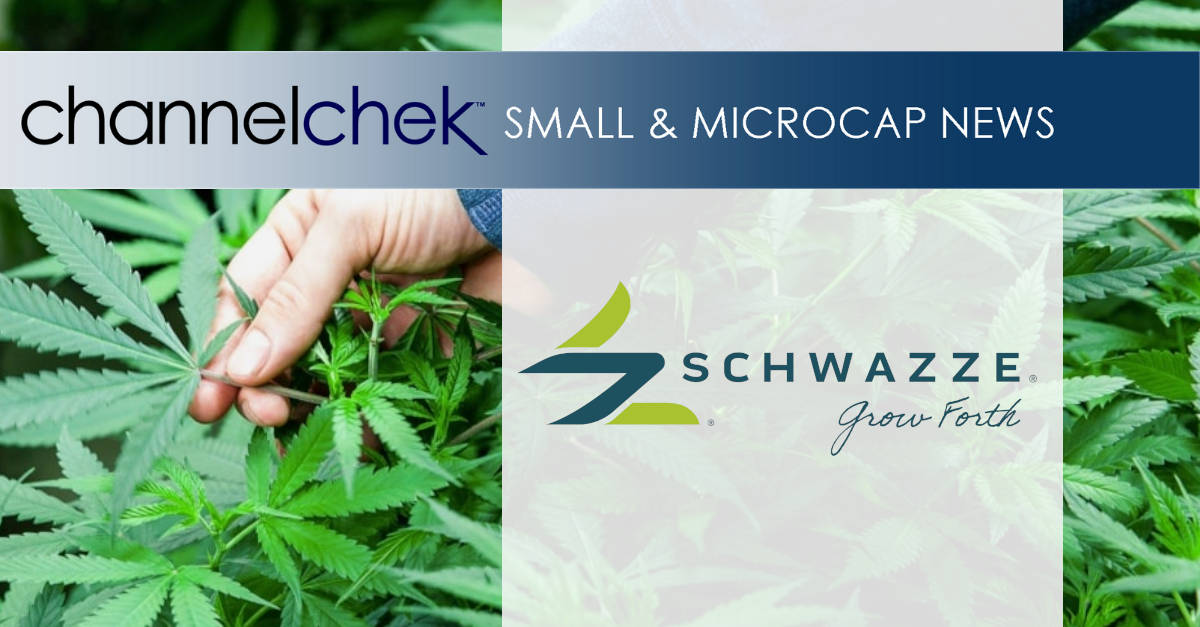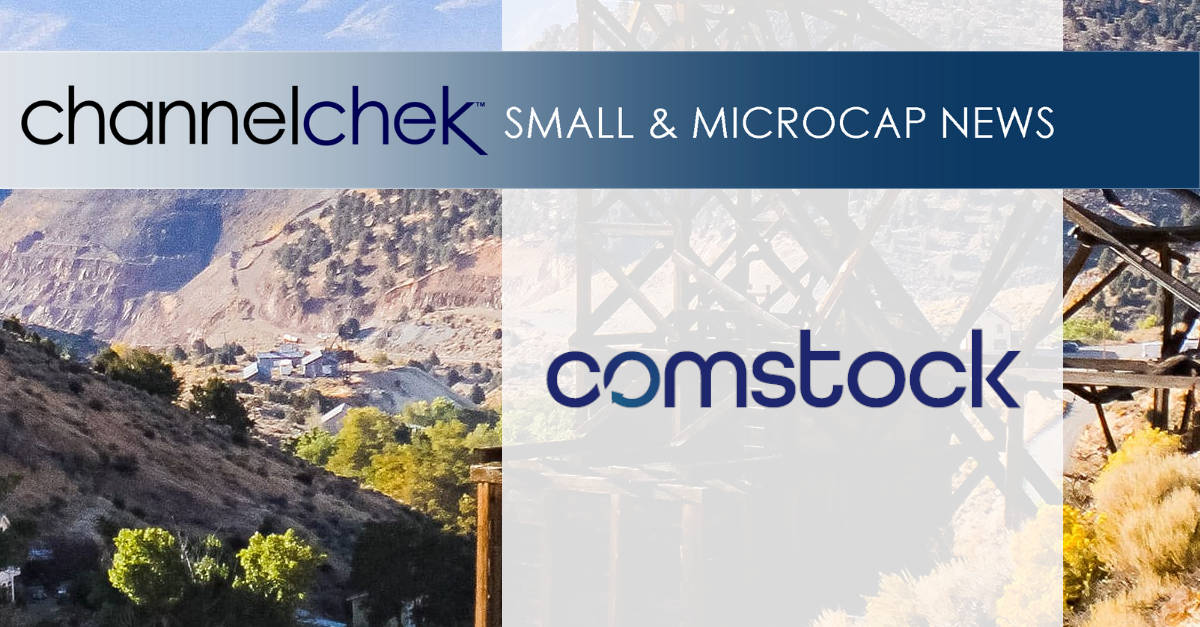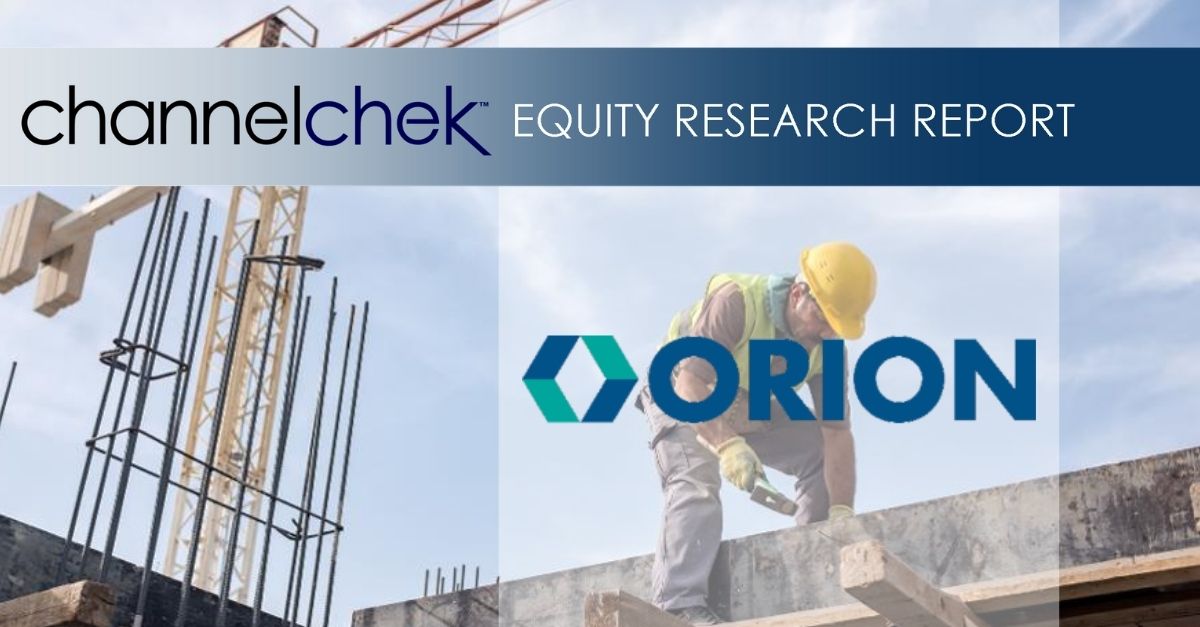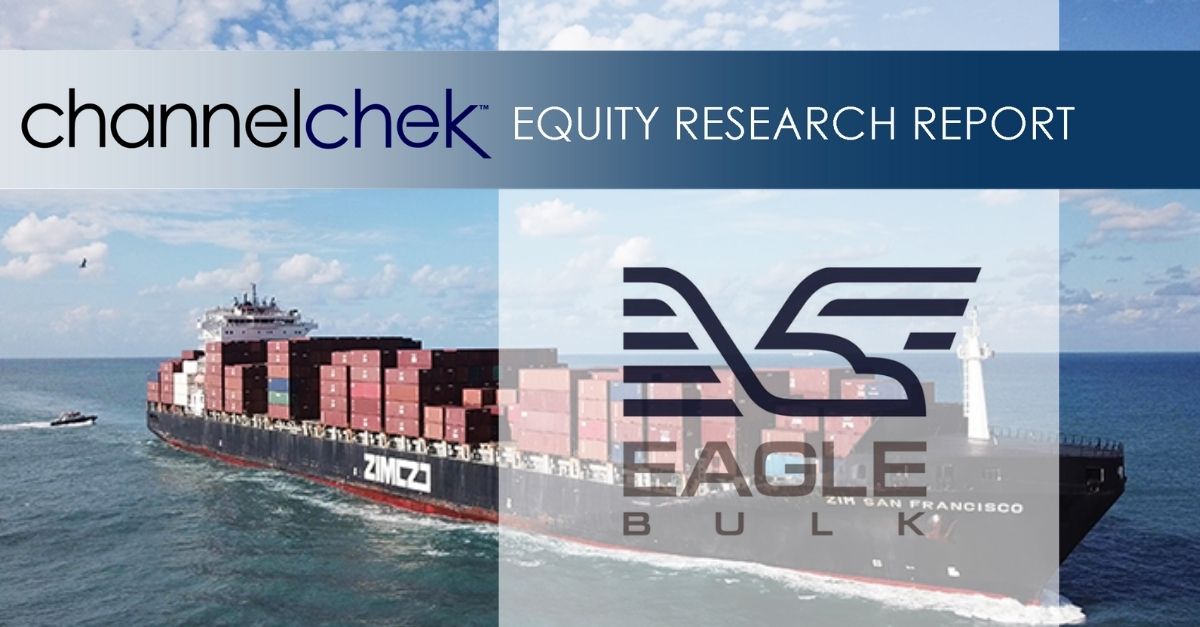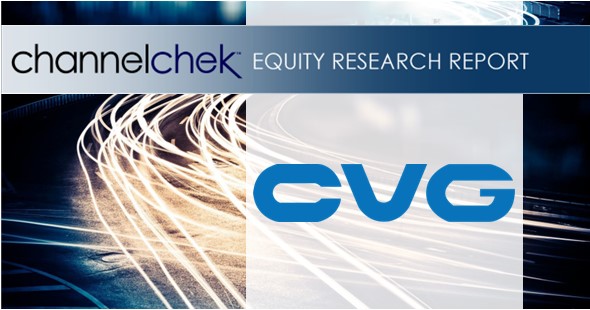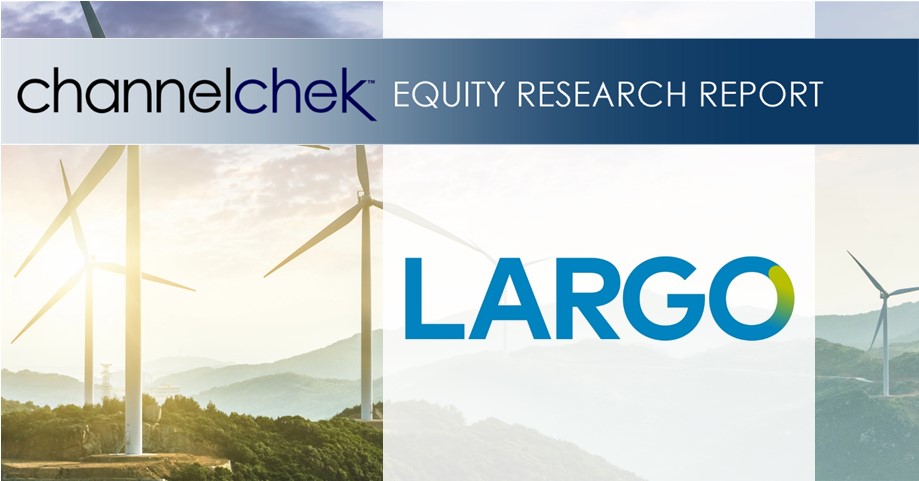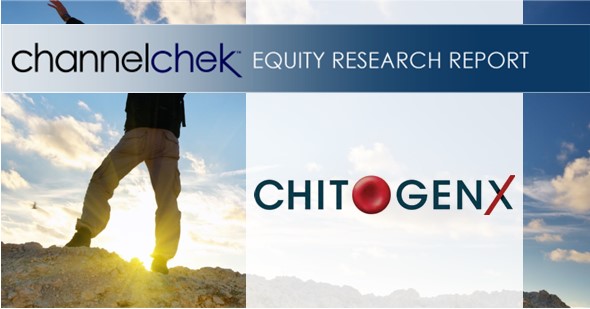Research News and Market Data on LODE
VIRGINIA CITY, NEVADA, MAY 3, 2023 – Comstock Inc. (NYSE: LODE) (“Comstock” and the “Company”), an innovator of technologies that enable systemic decarbonization, today announced its recent Q1 2023 operational highlights.
“Over the past three months, we monetized non-strategic assets and positioned ourselves to meet or exceed our $30 million target this year. We have also advanced our fuels, metals, and mining lines of business, and GenMat, our strategic investee, announced a customer demonstration of their physics-based general artificial intelligence capabilities. We are excited that all of this drives our commercializations,” said Corrado De Gasperis, Comstock’s executive chairman and chief executive officer.
Selected Strategic Highlights from the First Quarter 2023
Comstock Fuels
“Our fuels team is unblocking the most meaningful bottleneck in renewable fuel production with proven breakthrough lignocellulosic fuel technology and patented woody-biomass-based feedstock processing solutions,” stated David Winsness, President of Comstock Fuels. “Our team recently demonstrated commercial readiness with unprecedented yields approaching 100 gallons of fuel per dry ton of feedstock on a gasoline gallon equivalent basis.”
- Advanced our grant award from the U.S. Department of Energy of Comstock’s $2,000,000 grant application to build a pre-pilot scale system to demonstrate one of Comstock’s unique new pathways to produce renewable diesel, sustainable aviation fuel, gasoline, and marine fuel from forestry residues and other forms of lignocellulosic biomass at dramatically improved yield, efficiency, and cost in comparison to known methods.
- Presented at the 2023 Advanced Bioeconomy Leadership Conference, where David Winsness, president of our fuels business, received a leadership award for his bioeconomy contributions and was named to The 2023 Bioeconomy 500.
- Advanced our current process such that we can now turn one tonne of woody biomass into more than 45 GGE (gasoline gallon equivalent), of cellulose derived fuels and more than 50 GGE of Bioleum™ derived fuels.
“We are focused on commercialization. Execution of one or more license agreements with operationally experienced, technologically sophisticated, and well capitalized customers is a top 2023 objective, with each license potentially creating more than 20 years of recurring royalty revenue with material upfront engineering fees,” stated De Gasperis.
Comstock Metals
“The world is focused on electrification to reduce reliance on fossil fuels and carbon emissions,” said Dr. Fortunato Villamagna, President of Comstock Metals. “Voluminous amounts of photovoltaic materials are already being removed from large solar fields, effectively creating an immediate and rapidly growing market over the next five years. We are now engaged in sourcing photovoltaics waste materials for processing and foresee a rapid path forward to achieving positive cash flow in 2024, all while creating the foundation for recycling lithium-ion batteries, fuel cells and the broader population of electrification products.”
- Appointed Dr. Fortunato Villamagna as the President of Comstock Metals Corporation, the entity that owns LINICO Corporation, the Company’s lithium-ion battery metals recycling business.
- Presented on the topic of manufacturing in the electrification supply chain at the inaugural Nevada Clean Energy & Transportation Conference hosted by Nevada Battery Coalition.
- Advanced the strategic sale of its facility at 2500 Peru Drive, McCarran, Nevada, for a gross price of $27.6 million.
- Commenced pre-permitting activities of the Company’s proprietary processing and recycling system in Nevada.
“Securing revenue generating supply commitments in our expanded metals recycling business is a key objective for 2023,” added Mr. De Gasperis. “Sourcing photovoltaics now presents us with a better, safer, and faster cash flowing plan.”
Comstock Mining
“With gold well over $2,000, we are keen to expand the value of our precious metal resources by combining our expansive mineral data repository with GenMat’s advanced hyperspectral orbital imaging and generative artificial intelligence solutions to enable faster and larger mineral discovery, for a fraction of the cost of conventional exploration,” continued Mr. De Gasperis.
- Presented Comstock’s and GenMat’s capabilities at both the Vancouver Resource Investment Conference, the world’s largest resource investment conference dedicated to resource exploration and development and the Prospectors and Developers Association Conference in Toronto, Canada, one of the world largest mining conferences.
- Advanced preparations for the 200-acre site for battery storage in Mound House, Nevada.
GenMat is accelerating the commercialization of disruptive AI generated materials with the help of quantum-probabilistic software solutions that integrate proprietary hyperspectral technology solutions that (a) increase certainty in mineral discovery targets, (b) reduce costs of traditional drill programs, with ground penetrating scans and analytics, and (c) increase discernment for categorizing mineral resources and plans on launching a hyperspectral imager into orbit for mineral imaging later this year.
Artificial Intelligence
“Our goal is to build and commercialize artificial general intelligence for physics with powerful, science-based capabilities when compared to other known large language and other conventional AI models,” stated Deep Prasad, GenMat’s Chief Executive Officer. “Our AGI will enable the sensing, simulation, and engineering of matter at speeds previously unimaginable.”
- Developed and launched a new, generative AI for physics to simulate critical properties of known materials during calibration testing late last year. Remarkably, GenMat also used its AI to simulate new material characteristics.
- GenMat’s physics-based generative AI models can be deployed today, for commercial use on GenMat’s existing high-performance computing platform, well before quantum computers become mainstream.
- In 2023, GenMat will, among other things, elevate new material simulation to commercial readiness by synthesizing and directly testing new AI simulated materials in high value applications with early adopting customers.
Corporate and Selected Financial Results
“We are leveraging our entire platform, including fuels, metals, generative AI and mining, to break new ground and generate significant revenue growth, starting in 2023,” said De Gasperis. “Our businesses operate as one system, with each business having fully dedicated leaders, teams, and plans for 2023 revenue growth. We believe the value creation and impact on our stakeholders from all of our business will be enormous. Our recent and planned asset sales are now funding this growth.”
- For the three months ended March 31, 2023, net loss was $5,681,742 or $(0.06) per share, as compared to a net loss of $6,547,023 or $(0.09) per share for the three months ended March 31, 2022.
- Total assets were $104,991,305 as of March 31, 2023 compared to total assets of $100,053,759 as of December 31, 2022.
- Debt was $7,073,939 on March 31, 2023 compared to debt at December 31, 2022 of $7,917,333.
- Cash and cash equivalents were $8,105,256 and $2,521,772 on March 31, 2023 and December 31, 2022, respectively.
- Outstanding common shares were 103,035,152 at March 31, 2023, and 102,707,603 at May 3, 2023.
Upcoming Events
Comstock is hosting its 2023 Annual Virtual Shareholder Meeting online via webcast Thursday, May 25, 2023 at 9:00 AM, Pacific Time. Shareholders of record on March 31, 2023, will be able to vote and submit questions online during the meeting. Even if you plan to attend the Comstock Inc. 2023 Virtual Shareholder Meeting online; however, we encourage you to vote your shares by proxy as soon as practical at www.ProxyVote.com
If you would like to attend the Annual Virtual Shareholder Meeting online, you must use your 16-digit control number from your proxy card that was mailed to you. Please log in 15 minutes prior to the start of the meeting at: www.virtualshareholdermeeting.com/LODE2023.
The Company is also planning much broader activities during its Virtual Investor Day online June 28, 2023. More details for this event will be made available soon on the Company’s website Investors page.
Conference Call Details
Comstock will host a conference call today, Wednesday, May 3, 2023, at 4:15 p.m. ET to report its First Quarter 2023 results and business update. We invite all investors and other interested parties to register for the webinar at the link below.
Date: Wednesday, May 3, 2023
Time: 4:15 pm ET
Register: Webinar Registration
HAVE QUESTIONS? There will be an allotted time following the live presentation for a Q&A session. Unaddressed questions will be reviewed by management and responded to accordingly. You may submit your question(s) beforehand in the registration form (linked above) or by email at: ir@comstockinc.com.
About Comstock
Comstock Inc. (NYSE: LODE) commercializes technologies that enable systemic decarbonization by efficiently converting under-utilized natural resources into renewable energy products, and by leveraging physics based artificial intelligence = for more efficient and effective mineral and materials discovery.
To learn more, please visit www.comstock.inc.
Forward-Looking Statements
This press release and any related calls or discussions may include forward-looking statements within the meaning of Section 27A of the Securities Act of 1933, as amended, and Section 21E of the Securities Exchange Act of 1934, as amended. All statements, other than statements of historical facts, are forward-looking statements. The words “believe,” “expect,” “anticipate,” “estimate,” “project,” “plan,” “should,” “intend,” “may,” “will,” “would,” “potential” and similar expressions identify forward-looking statements but are not the exclusive means of doing so. Forward-looking statements include statements about matters such as: future market conditions; future explorations or acquisitions; future changes in our research, development and exploration activities; future financial, natural, and social gains; future prices and sales of, and demand for, our products and services; land entitlements and uses; permits; production capacity and operations; operating and overhead costs; future capital expenditures and their impact on us; operational and management changes (including changes in the Board of Directors); changes in business strategies, planning and tactics; future employment and contributions of personnel, including consultants; future land and asset sales; investments, acquisitions, joint ventures, strategic alliances, business combinations, operational, tax, financial and restructuring initiatives, including the nature, timing and accounting for restructuring charges, derivative assets and liabilities and the impact thereof; contingencies; litigation, administrative or arbitration proceedings; environmental compliance and changes in the regulatory environment; offerings, limitations on sales or offering of equity or debt securities, including asset sales and associated costs; business opportunities, growth rates, future working capital, needs, revenues, variable costs, throughput rates, operating expenses, debt levels, cash flows, margins, taxes and earnings. These statements are based on assumptions and assessments made by our management in light of their experience and their perception of historical and current trends, current conditions, possible future developments and other factors they believe to be appropriate. Forward-looking statements are not guarantees, representations or warranties and are subject to risks and uncertainties, many of which are unforeseeable and beyond our control and could cause actual results, developments, and business decisions to differ materially from those contemplated by such forward-looking statements. Some of those risks and uncertainties include the risk factors set forth in our filings with the SEC and the following: adverse effects of climate changes or natural disasters; adverse effects of global or regional pandemic disease spread or other crises; global economic and capital market uncertainties; the speculative nature of gold or mineral exploration, and lithium, nickel and cobalt recycling, including risks of diminishing quantities or grades of qualified resources; operational or technical difficulties in connection with exploration, metal recycling, processing or mining activities; costs, hazards and uncertainties associated with precious and other metal based activities, including environmentally friendly and economically enhancing clean mining and processing technologies, precious metal exploration, resource development, economic feasibility assessment and cash generating mineral production; costs, hazards and uncertainties associated with metal recycling, processing or mining activities; contests over our title to properties; potential dilution to our stockholders from our stock issuances, recapitalization and balance sheet restructuring activities; potential inability to comply with applicable government regulations or law; adoption of or changes in legislation or regulations adversely affecting our businesses; permitting constraints or delays; challenges to, or potential inability to, achieve the benefits of business opportunities that may be presented to, or pursued by, us, including those involving battery technology and efficacy, quantum computing and generative artificial intelligence supported advanced materials development, development of cellulosic technology in bio-fuels and related material production; commercialization of cellulosic technology in bio-fuels and generative artificial intelligence development services; ability to successfully identify, finance, complete and integrate acquisitions, joint ventures, strategic alliances, business combinations, asset sales, and investments that we may be party to in the future; changes in the United States or other monetary or fiscal policies or regulations; interruptions in our production capabilities due to capital constraints; equipment failures; fluctuation of prices for gold or certain other commodities (such as silver, zinc, lithium, nickel, cobalt, cyanide, water, diesel, gasoline and alternative fuels and electricity); changes in generally accepted accounting principles; adverse effects of war, mass shooting, terrorism and geopolitical events; potential inability to implement our business strategies; potential inability to grow revenues; potential inability to attract and retain key personnel; interruptions in delivery of critical supplies, equipment and raw materials due to credit or other limitations imposed by vendors; assertion of claims, lawsuits and proceedings against us; potential inability to satisfy debt and lease obligations; potential inability to maintain an effective system of internal controls over financial reporting; potential inability or failure to timely file periodic reports with the Securities and Exchange Commission; potential inability to list our securities on any securities exchange or market or maintain the listing of our securities; and work stoppages or other labor difficulties. Occurrence of such events or circumstances could have a material adverse effect on our business, financial condition, results of operations or cash flows, or the market price of our securities. All subsequent written and oral forward-looking statements by or attributable to us or persons acting on our behalf are expressly qualified in their entirety by these factors. Except as may be required by securities or other law, we undertake no obligation to publicly update or revise any forward-looking statements, whether as a result of new information, future events, or otherwise.
Neither this press release nor any related calls or discussions constitutes an offer to sell, the solicitation of an offer to buy or a recommendation with respect to any securities of the Company, the fund, or any other issuer.
Contact Information:
Investor Relations
RB Milestone Group
Tel (203) 487-2759
ir@comstockinc.com
Media
Zach Spencer
Comstock Inc.
Tel (775) 847-7532
questions@comstockinc.com
Source: Comstock Inc.

